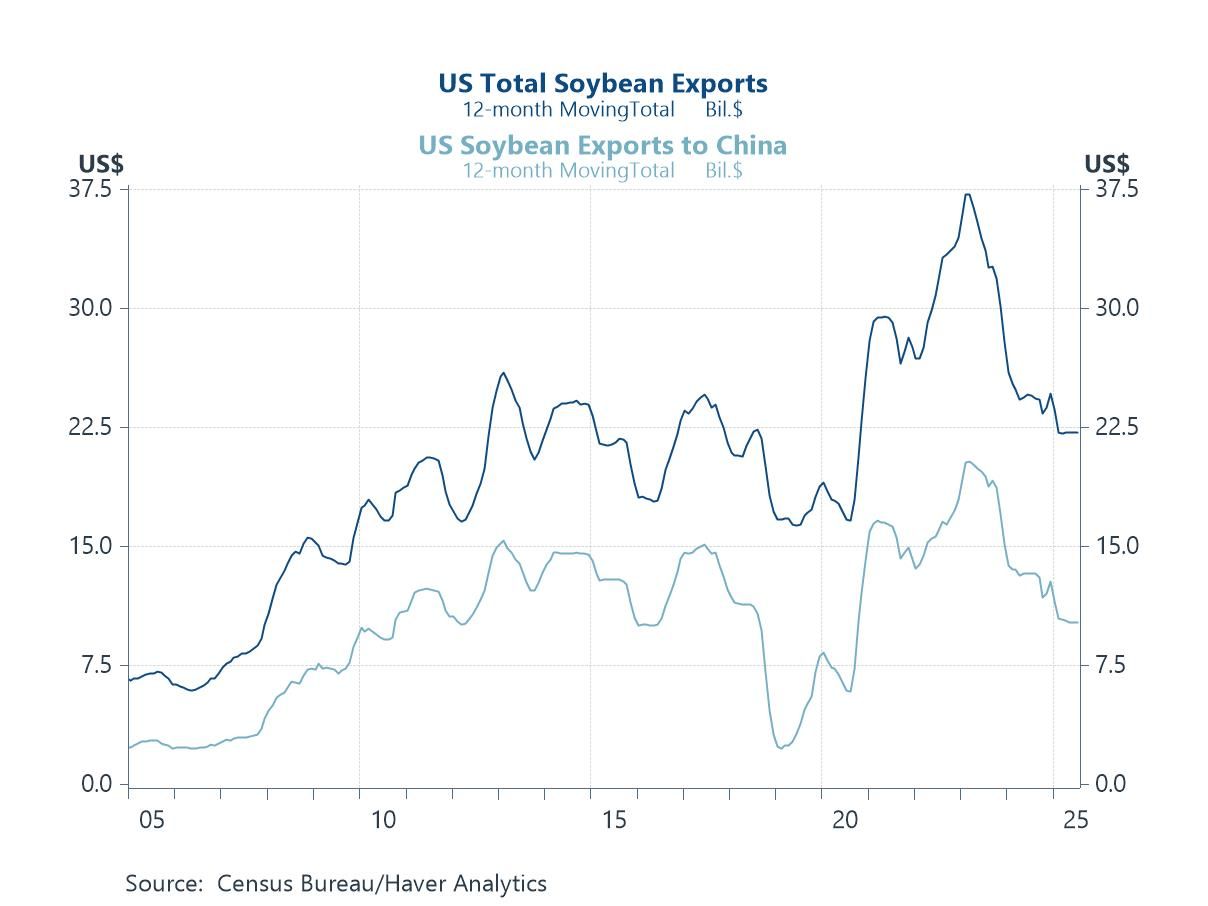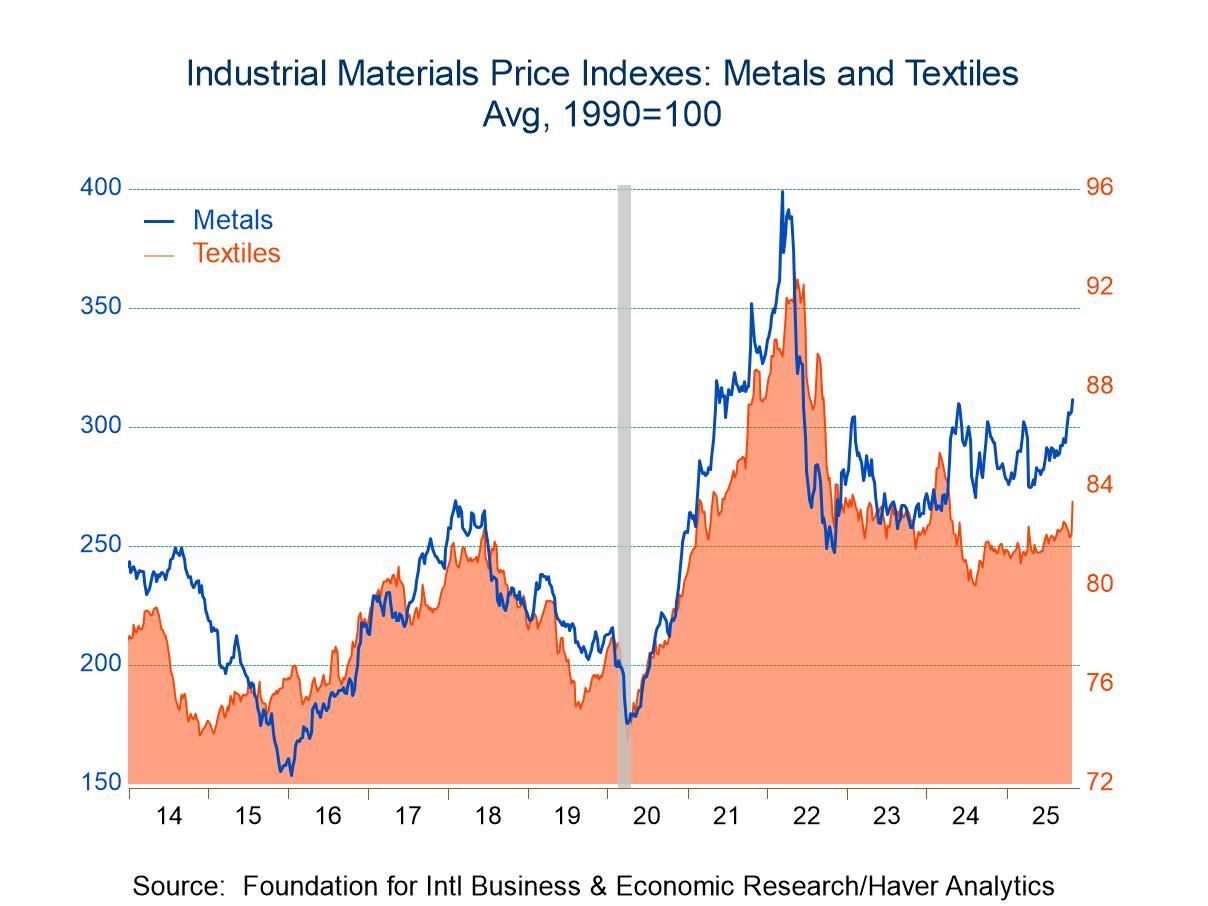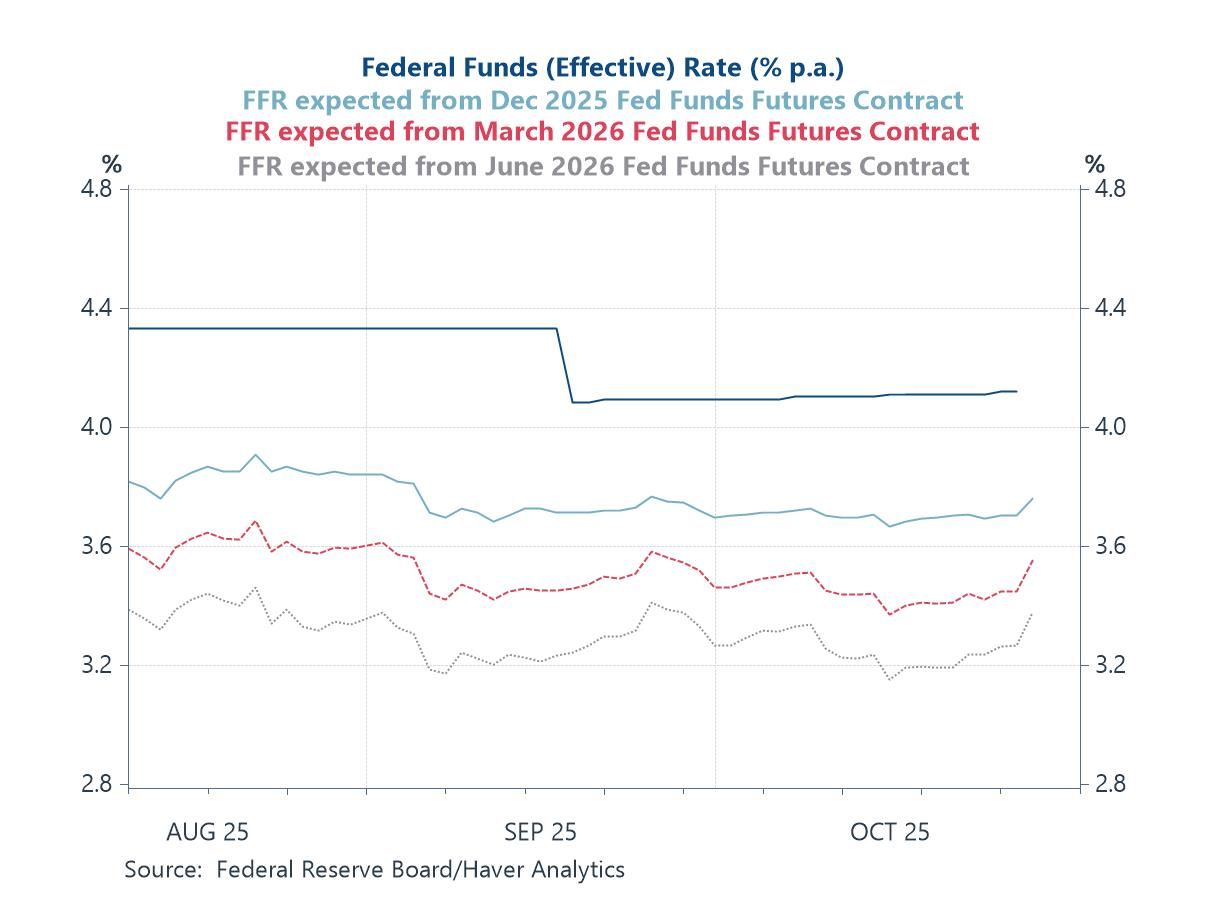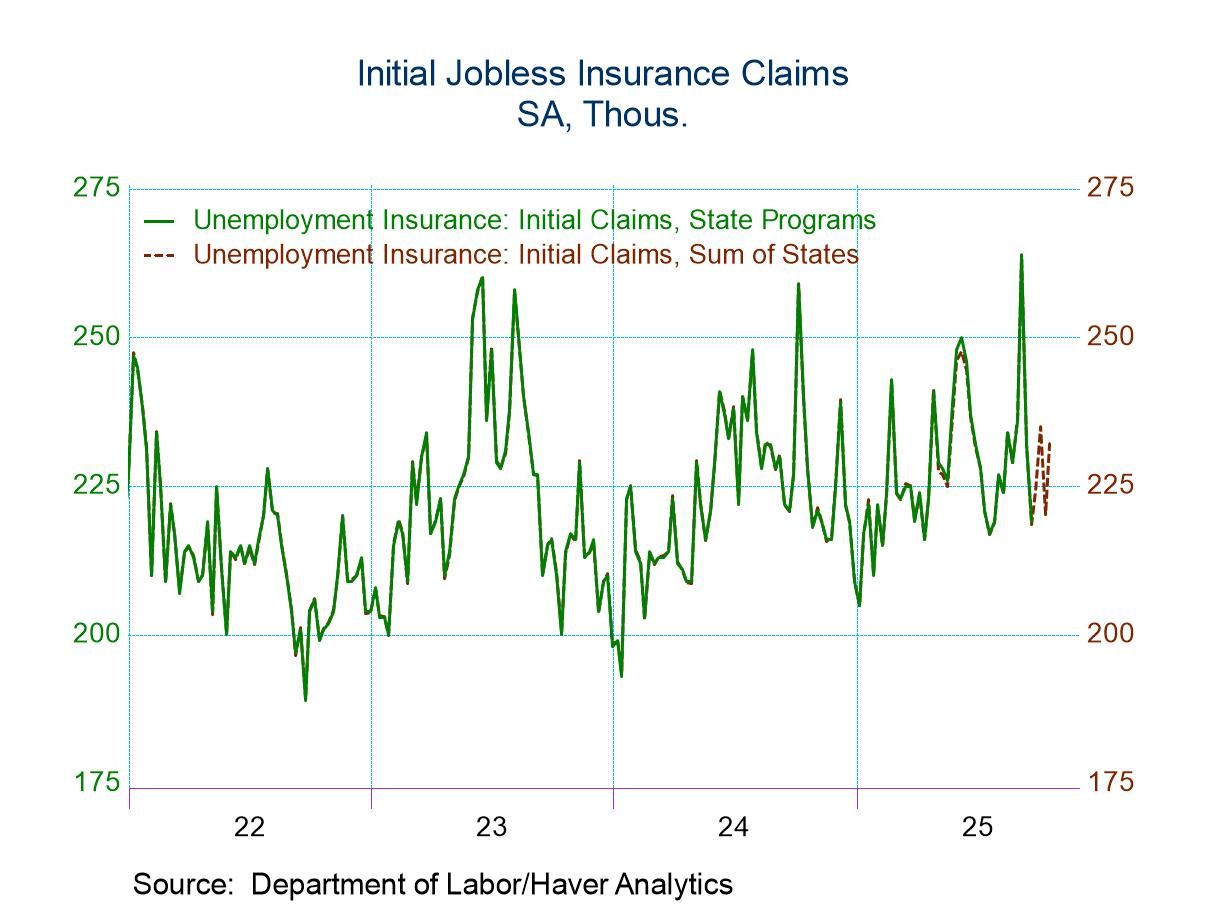U.S. Headline Consumer Price Inflation Edged Up in December
by:Sandy Batten
|in:Economy in Brief
Summary
- The headline CPI increased 0.4% m/m. pushing the y/y rate up to 2.9%, the highest rate since July.
- The core index rose 0.2%, pushing the y/y rate down to 3.2% after four months at 3.3%.
- Energy prices were up markedly as the normal decline in gasoline prices was much less than the seasonal factors had anticipated.
- Services prices less energy remained elevated although the y/y rate slowed to 4.4%, the lowest since February 2022.


The Consumer Price Index increased 0.4% m/m in December, up from 0.3% m/m in November and 0.2% m/m in each of the four preceding months. The Action Economics Forecast Survey had looked for a 0.3% m/m gain. The December monthly increase pushed up the y/y rate to 2.9%, its highest since July, from 2.7% in November. The three-month increase in the headline CPI jumped to 3.9% at an annual rate in December from 3.0% in November. This rate had increased in each of the five previous months. The core CPI (that is, excluding food and energy prices) rose a slightly less-than-expected 0.2% m/m in December following four consecutive months in which the core index increased 0.3% m/m. The Action Economics Survey had expected a 0.3% monthly gain. The y/y rate of advance slowed to 3.2% after four months of a 3.3% annual increase.
Energy prices jumped up 2.6% m/m (-0.5% y/y), their largest monthly gain since August 2023, accounting for 40% of the monthly increase in the headline index. Monthly price increases were widespread across energy categories, led a 4.4% monthly advance in seasonally adjusted gasoline prices. Not seasonally adjusted gasoline prices usually decline in December. They did fall 1.1% m/m last month, but the seasonal adjustment factor looked for a significantly steeper decline. Food prices rose 0.3% m/m versus a 0.4% monthly gain in November. The y/y increased to 2.5%, the highest annual gain since January, from 2.4%. Cereal and bake goods led the monthly increase with a 1.2% monthly gain, more than offsetting the 1.1% m/m decline in November. Egg prices were up another 3.2% m/m in December, bringing their gain for the past twelve months to a staggering 36.8%.
Goods prices less food and energy edged up 0.1% m/m (-0.5% y/y) in December. Prices of used cars and trucks slowed but still advanced 1.2% m/m (-3.3% y/y) in December on top of a 2.0% m/m increase in November and a 2.7% monthly gain in November. Prices of new vehicles increased 0.5% m/m (-0.4% y/y) following a 0.6% monthly increase in November.
Services prices increased 0.3% m/m in December, the same monthly rise as in November. The y/y rate slipped to 4.4%, the lowest since December 2021 but still well above the 2.5%-2.9% range that existed prior to the pandemic. Service prices less energy services also increased 0.3% m/m in November with the y/y rate also edging down to 4.4%. Shelter prices rose 0.3% m/m in December, the same monthly increase as in November. Both rent of primary residence and owners’ equivalent rent increased 0.3% m/m. Lodging away from home fell 1.0% m/m after having jumped 3.2% m/m in November. Transportation service prices increased 0.5% m/m in December after having been unchanged in November, led by a 3.9% jump in airfares. Motor vehicle insurance prices reaccelerated in December, rising 0.4% m/m after edging up just 0.1% in November and falling 0.1% in October. Prices of medical services slowed with a 0.2% m/m increase in December, down from 0.4% in each of previous two months, bring the y/y rate of advance down to 3.4% from 3.7% in November.
CPI services prices less energy services and the two rent measures is a relatively new core measure that is watched carefully by the Federal Reserve. It increased 0.2% m/m in December, down from 0.3% m/m in November with the y/y rate edging down to 4.2% from 4.3%. While the gradual slowdown over 2024 has been encouraging, the annual rate remains well above the range in which this measure fluctuated prior to the pandemic.
The Consumer Price figures can be found in Haver's USECON database. The expectations figure is contained in the AS1REPNA database.


Sandy Batten
AuthorMore in Author Profile »Sandy Batten has more than 30 years of experience analyzing industrial economies and financial markets and a wide range of experience across the financial services sector, government, and academia. Before joining Haver Analytics, Sandy was a Vice President and Senior Economist at Citibank; Senior Credit Market Analyst at CDC Investment Management, Managing Director at Bear Stearns, and Executive Director at JPMorgan. In 2008, Sandy was named the most accurate US forecaster by the National Association for Business Economics. He is a member of the New York Forecasters Club, NABE, and the American Economic Association. Prior to his time in the financial services sector, Sandy was a Research Officer at the Federal Reserve Bank of St. Louis, Senior Staff Economist on the President’s Council of Economic Advisors, Deputy Assistant Secretary for Economic Policy at the US Treasury, and Economist at the International Monetary Fund. Sandy has taught economics at St. Louis University, Denison University, and Muskingun College. He has published numerous peer-reviewed articles in a wide range of academic publications. He has a B.A. in economics from the University of Richmond and a M.A. and Ph.D. in economics from The Ohio State University.




 Asia
Asia

